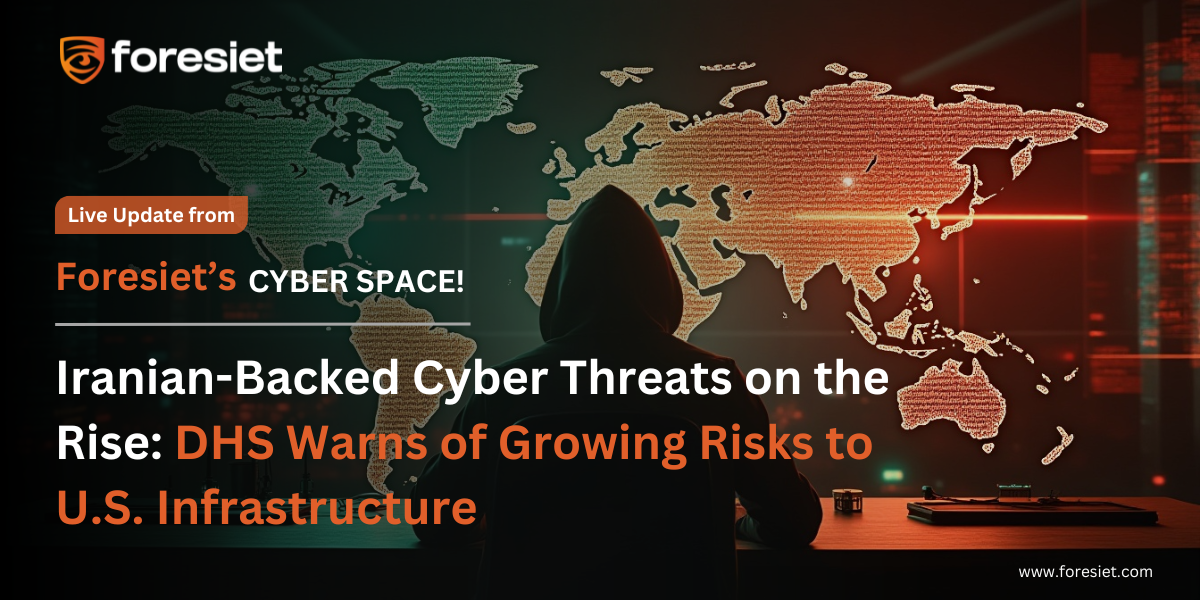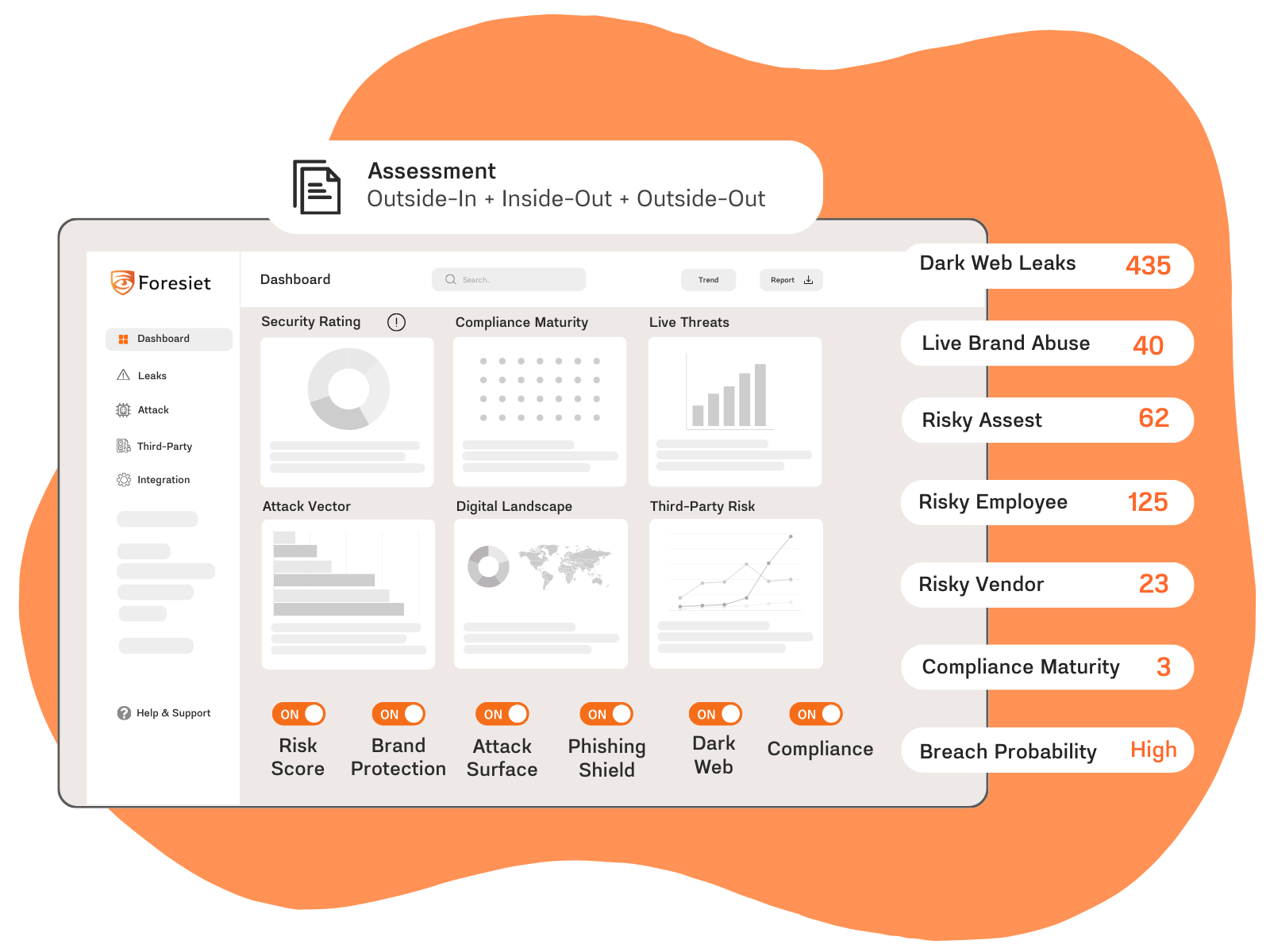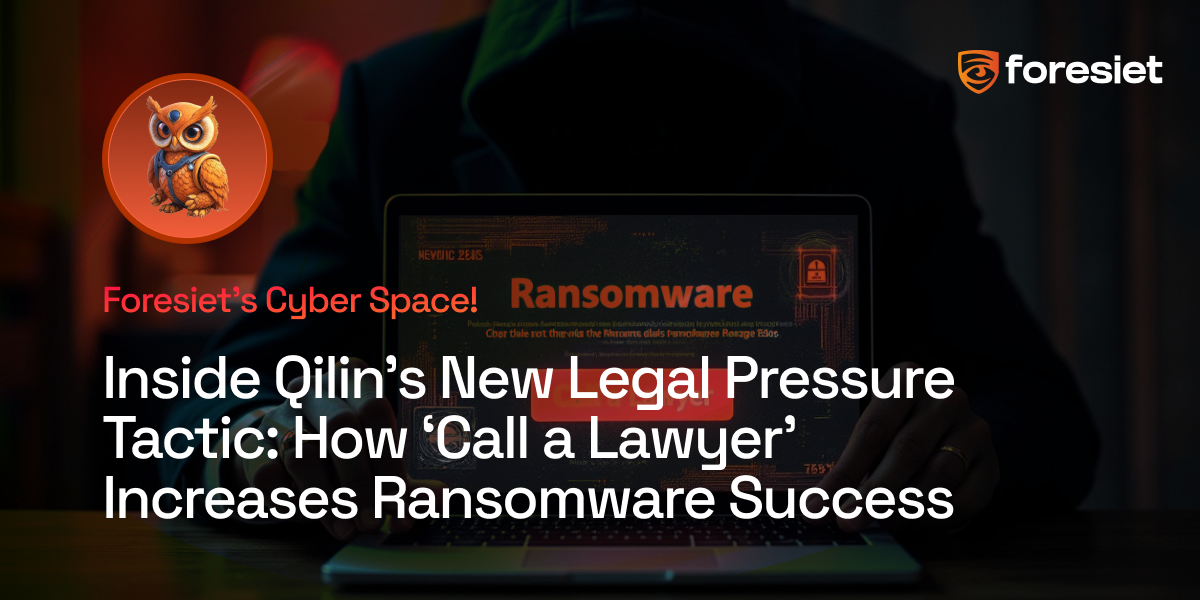Iranian-Backed Cyber Threats on the Rise: DHS Warns of Growing Risks to U.S. Infrastructure

Introduction: A New Era of State-Backed Cyber Threats
As global tensions rise in the Middle East, cybersecurity threats are escalating across U.S. digital infrastructure. Over the weekend, the Department of Homeland Security (DHS) issued a critical bulletin under the National Terrorism Advisory System (NTAS), warning about an increased risk of cyberattacks from Iranian state-backed hacking groups and affiliated hacktivists.
These threats are not just theoretical. According to DHS, low-level but persistent intrusions are already targeting vulnerable U.S. networks—raising the stakes for businesses, government agencies, and critical infrastructure providers alike.
Iran’s Cyber Arsenal: What DHS Is Warning About
The NTAS bulletin paints a sobering picture. As the geopolitical standoff between Iran and Israel intensifies, DHS expects a "heightened threat environment" in the U.S., citing increased chances of cyberattacks and even violence fueled by retaliatory sentiments.
While the advisory focuses on extremist mobilization, it also draws attention to Iranian-aligned hackers who have previously executed attacks on healthcare, energy, government, and information technology sectors.
Threat Vectors Identified:
- Brute-force and password spraying attacks
- MFA fatigue (push bombing) tactics
- Credential harvesting and network persistence
- Dark web access sales to ransomware groups
Groups like Br0k3r (also known as Pioneer Kitten, UNC757, or Lemon Sandstorm) have gained notoriety for breaching critical systems and then selling initial access to ransomware operators in exchange for a cut of the ransom profits.
Geopolitics Fuels the Fire: Trigger Points Behind the Surge
The bulletin, though not explicitly referencing it, follows U.S. strikes on Iranian nuclear facilities just days after Israel’s June 13 attacks on Iran’s military assets. These high-profile events have stoked fears that Iranian threat actors may escalate retaliation in cyberspace.
Iranian Foreign Minister Abbas Araghchi recently warned of “everlasting consequences,” affirming Iran’s right to retaliate against perceived foreign aggression—digitally or otherwise.
With heightened political tensions and historical precedence of cyber retaliation, U.S. organizations must recognize the urgency of the moment and prepare accordingly.
Why This Matters to U.S. Organizations Now
Unlike traditional cybercriminals focused purely on financial gain, nation-state actors bring a combination of long-term strategy, stealth, and political motivation. This makes their attacks particularly dangerous for sectors like:
- Energy and utilities
- Healthcare providers
- Public infrastructure
- Engineering and R&D firms
- Cloud and IT services
What’s more concerning is the use of compromised credentials, harvested through earlier brute-force attacks or phishing campaigns, which are then sold on darknet marketplaces—giving rise to follow-on ransomware and data breach risks.
This is where compromised data tracking, darknet monitoring services, and digital footprint analysis become not just security best practices, but critical defenses.
Defensive Measures: What You Can Do Now
While geopolitical events are beyond our control, digital defense is not. Here’s what organizations should implement immediately:
- Strengthen MFA and Monitor MFA Abuse
Ensure that multi-factor authentication is properly configured and not susceptible to fatigue-based attacks.
- Track Credential Exposure Proactively
Invest in stolen credentials detection tools to monitor if employee logins or tokens are exposed on the dark web.
- Leverage Threat Intelligence & Surveillance
Utilize dark web surveillance and threat scoring records to detect abnormal traffic patterns and unauthorized access.
- Conduct Digital Footprint Analysis
Identify and secure all externally-facing assets. Many Iranian attacks target exposed systems with outdated software or misconfigured access controls.
- Educate Employees and Executives
Phishing is still a primary vector for Iranian APTs. A well-informed team can be your strongest firewall.
At Foresiet, we advocate for a proactive and risk-based approach to cybersecurity. Organizations must not only react to threats but anticipate them using strategic visibility tools.
Conclusion: Digital Preparedness in a World of Hybrid Conflict
The rise in Iranian-backed cyber threats marks a shift in the nature of modern warfare—one where state-sponsored hacking groups can cause disruption without ever crossing physical borders.
While some attacks may remain low-level or politically symbolic, the potential for serious disruptions to healthcare systems, power grids, and national defense infrastructure is real. Organizations must take this warning seriously.
By combining online risk evaluation, real-time monitoring, and a zero-trust security mindset, businesses can stay ahead of malicious actors—regardless of where in the world they originate.
About us!
Foresiet is the pioneering force in digital security solutions, offering the first integrated Digital Risk Protection SaaS platform. With 24x7x365 dark web monitoring and proactive threat intelligence, Foresiet safeguards against data breaches and intellectual property theft. Our robust suite includes brand protection, takedown services, and supply chain assessment, enhancing your organization's defense mechanisms. Attack surface management is a key component of our approach, ensuring comprehensive protection across all vulnerable points. Compliance is assured through adherence to ISO27001, NIST, GDPR, PCI, SOX, HIPAA, SAMA, CITC, and Third Party regulations. Additionally, our advanced antiphishing shield provides unparalleled protection against malicious emails. Trust Foresiet to empower your organization to navigate the digital landscape securely and confidently.
Protect your brand, reputation, data, and systems with Foresiet's Integrated Digital Risk Platform. 24/7/365 threat monitoring for total peace of mind.


July 1, 2025, 7:17 p.m.

July 1, 2025, 7:07 p.m.